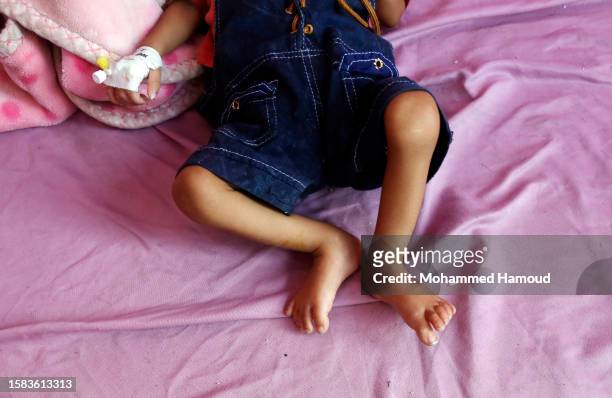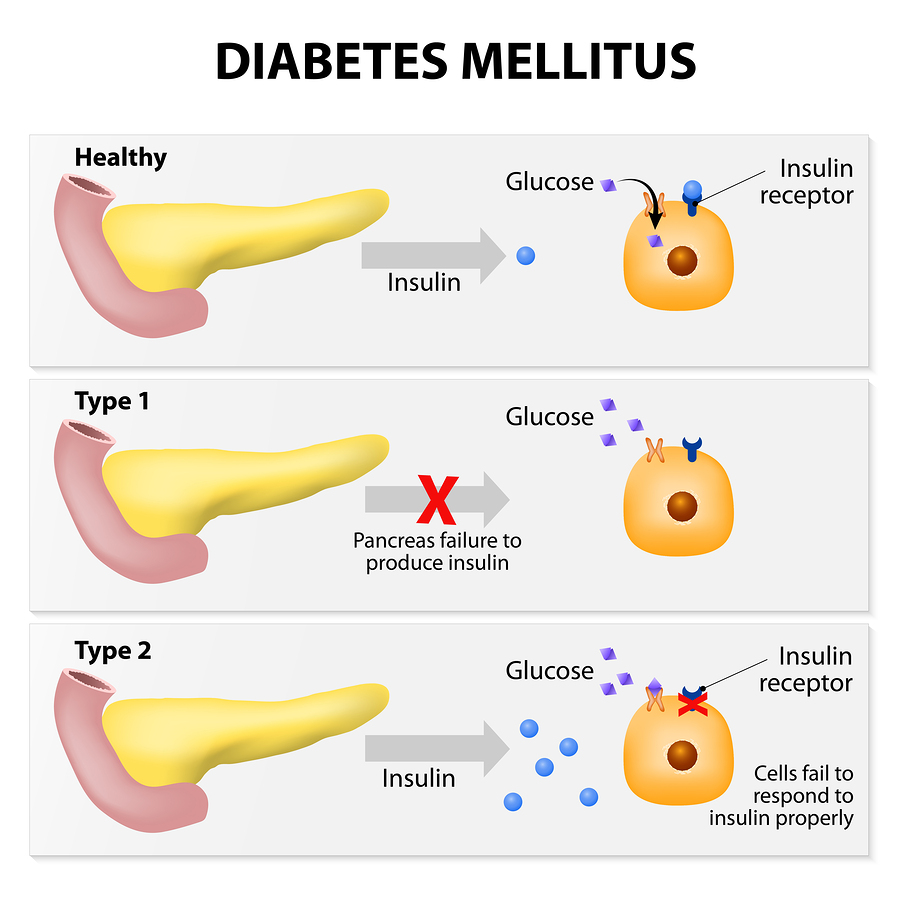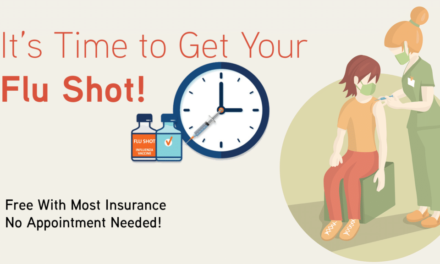HIV in Children
Understanding HIV/AIDS in Children: Innocence at Risk
Despite advancements in the fight against HIV/AIDS, children are still at risk of contracting the infection. This blog post explores the various ways in which HIV can infect children, the diagnosis and treatment processes, and the significance of providing all-encompassing care for children living with HIV.
Table of Contents

HIV Acquisition in Children: The Perinatal Transmission Shadow
HIV in Children
Prenatal transmission is the main way HIV is transmitted to children, and it can happen during:
- Pregnancy: The placenta allows the virus to transfer from an infected mother to her fetus.
- Delivery: The virus can be spread during labor by contact with contaminated blood or vaginal secretions.
- Breastfeeding: If the mother has a high viral load, HIV can be passed through breast milk, albeit this is less likely when appropriate precautions are taken.
HIV in Children
The good news is that there are highly successful methods for drastically lowering the danger of perinatal transmission. When mothers with HIV get Antiretroviral Therapy (ART) during their pregnancies, during childbirth, and during breastfeeding, their risk of virus transmission to their offspring is significantly reduced.
HIV Diagnosis in Children: Timely Identification Prevents Death
HIV in Children
Children with HIV must be diagnosed early in order to begin treatment as soon as possible and improve their long-term health. Here’s how a youngster with HIV gets diagnosed:
- Antibody Testing: This examination looks for antibodies the child’s immune system has developed against HIV. However, additional testing is required because infants inherit maternal antibodies.
- Viral Load Testing: This test provides a more precise diagnosis in babies by measuring the quantity of HIV virus in the blood directly.
Early diagnosis enables medical professionals to:
- As soon as possible, start ART in order to suppress the virus and avoid problems.
- Keep a careful eye on the child’s health and take care of any associated problems.
- Give the child and their family the resources and assistance they require.
HIV-Affected Children’s Treatment Options
HIV in Children
Fortunately, there are efficient treatment options available for children living with HIV:
- Antiretroviral Therapy (ART): Children can get ART regimens that are comparable to those for adults. These drugs work to inhibit the virus, enhancing immune system performance and averting consequences.
- Adherence Support: It’s critical to make sure kids take their medications on time. This could entail giving caregivers a hand, providing medication reminders, and administering drugs that are appropriate for the patient’s age.
- dietary promote: To promote their growth and development, children living with HIV may have particular dietary needs.
Goals of treatment for HIV-positive children include:
HIV in Children
- reducing the viral burden to a level that cannot be detected.
- boosting the resistant system.
- encouraging development and growth that is healthy.
- giving kids the chance to enjoy long, healthy lives.
Past Medications: All-inclusive HIV Care for Children
HIV in Children
For kids living with HIV, comprehensive treatment entails more than simply medicine. It includes:
- Frequent Monitoring: To evaluate the efficacy of treatment and spot any possible problems, it’s essential to regularly monitor CD4 cell counts, viral loads, and general health.
- Mental Health Support: For children and their families, living with HIV can have a major emotional impact. They can develop resilience and learn to live with the diagnosis with the aid of mental health specialists.
- Social Support: Families and children living with HIV need to be connected to social support systems. Making connections with organizations or support groups can offer priceless information, emotional support, and a feeling of community.
HIV in Children
Healthcare providers can help children living with HIV realize their full potential and lead happy, satisfying lives by offering comprehensive care.
Recall that being transparent with healthcare providers is essential. Discussing any queries or worries they may have about the diagnosis, course of treatment, and general well-being is advisable for parents and other caregivers of children living with HIV.





Recent Comments